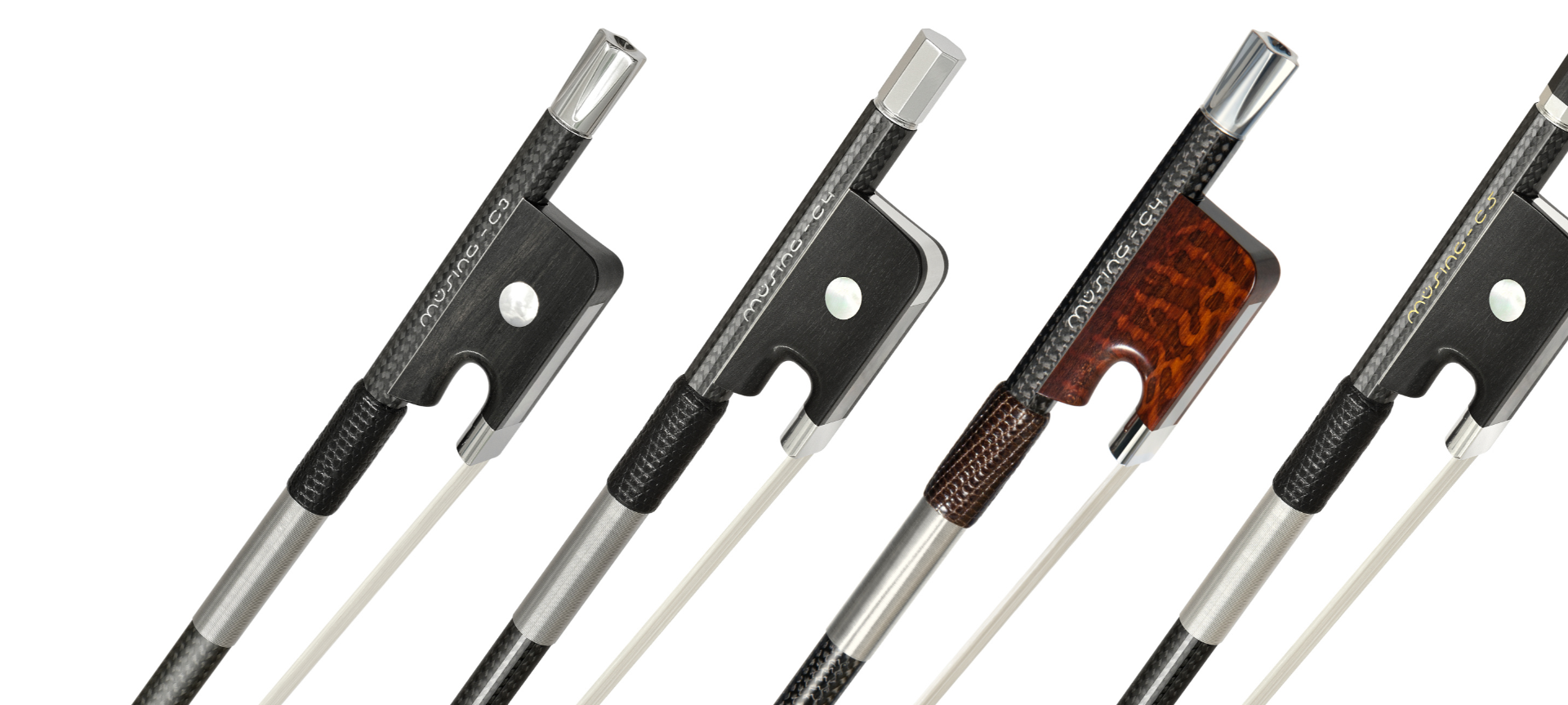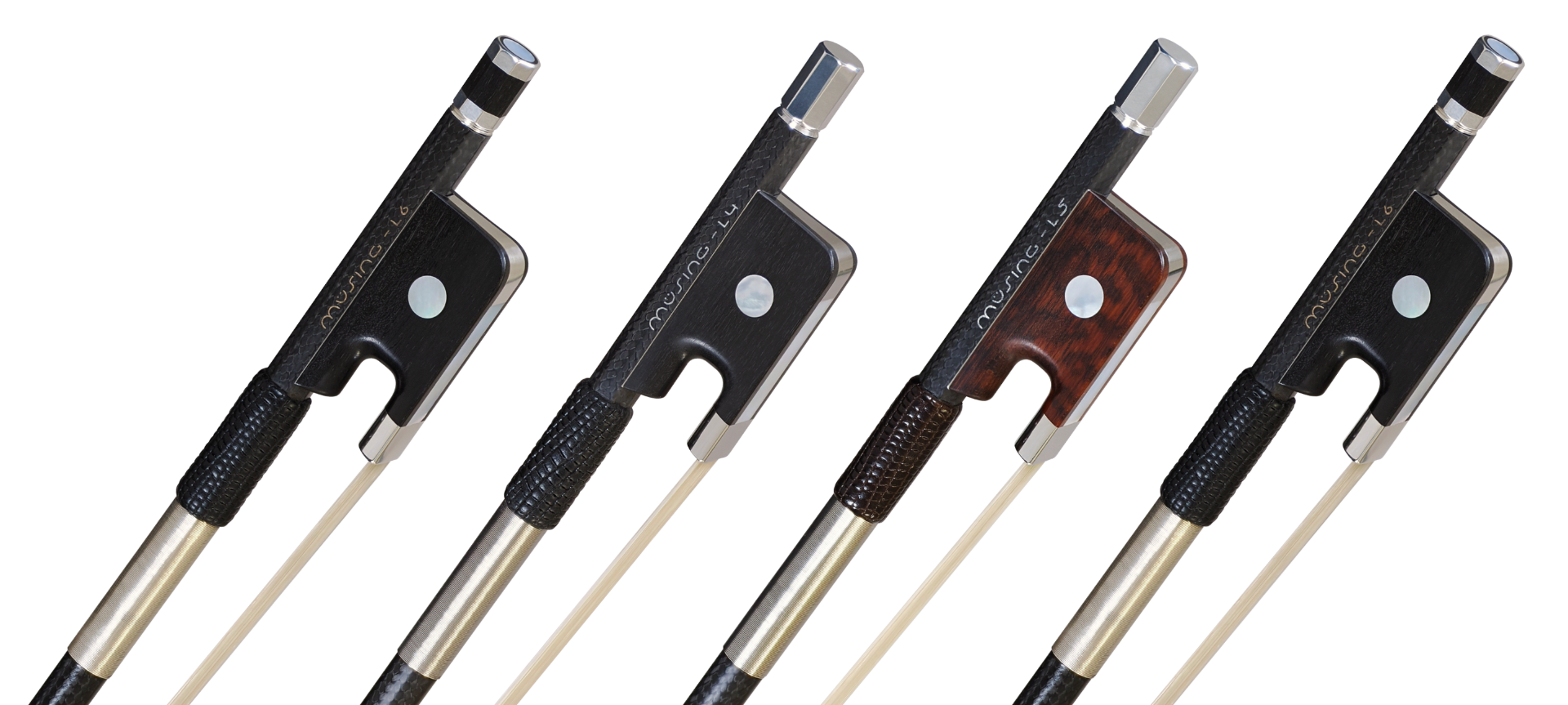The Cello Bows
Most musicians are unaware of how much instruments, playing styles, circumstances and listening habits have changed over time. Cello endpins, for example, have only been common since the middle of the 19th century (but were still much shorter than today and initially only made of wood). Steel strings have only been around since the turn of the century and have made huge leaps in development in the last few decades.
And why not? If Beethoven had been allowed to play a concert grand piano instead of a fortepiano, he wouldn't have hesitated for a second.
Now the time is ripe for better bows. Wooden bows are problematic for conservation reasons alone (see background for more details), but above all they are actually too soft for modern strings.
Simple (cheap) carbon bows usually sound and play terrible. So what should be done?
With our revolutionary manufacturing technology, we can produce bows that are significantly more "stable" and at the same time noticeably lighter.
With a 50% increase in stiffness (tension elasticity) and a weight of only about 75 grams, they are faster, more comfortable, safer and more precise to handle, jump great and above all: they sound fantastic!
In fact, in a blind test you wouldn't be able to tell the difference between the sound of a Müsing cello bow and a wooden bow that is twice or three times as expensive. Unless you pay close attention to the bow noise and the maximum volume, because in this regard the Müsing bows are always ahead.
In addition, they are of course much more robust and durable, and perhaps even more importantly, more comfortable. Even during the longest rehearsals and concerts, your bow arm never gets heavy and neither your hand, elbow nor shoulder will ever hurt again.


